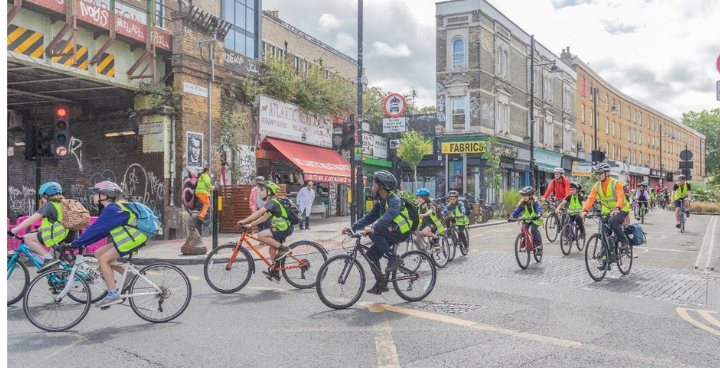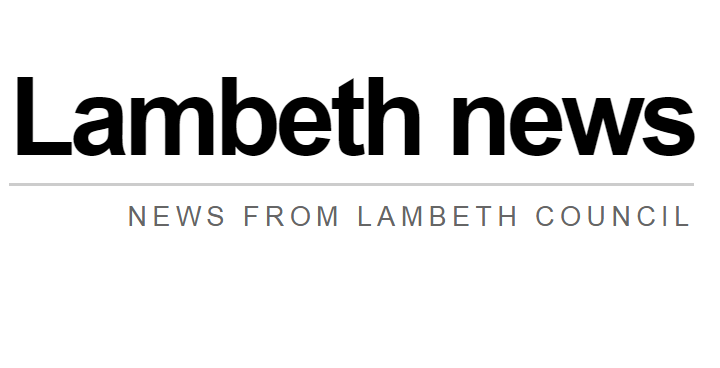
Lambeth Council has published its latest Air Quality Annual Status Report measuring the levels of harmful pollution in different parts of the borough over the last year.
The data shows an overall improvement in air quality since 2017 with a reduction in levels of nitrogen dioxide (NO2) and particles with a diameter of 10 micrometres or less (PM10) that have been linked to health problems among vulnerable groups.
But there are parts of the borough that still exceed both government and the more stringent World Health Organisation (WHO) air quality guidelines.
Emissions produced by road transport, the construction industry and domestic energy use are the biggest producers of pollution, while emissions produced by other parts of London, the Southeast of England and further afield also adds to poor air quality.
The council has a statutory responsibility to publish annual air quality data around NO2 and PM10 levels in the air.
There are three automatic monitoring sites in Lambeth – in Brixton, Streatham and Vauxhall – that use sensors to measure the concentration of pollution in the air.
The council also uses diffusion tubes located around the borough – including near several schools – to further monitor air quality.
Since 2017 the NO2 levels in Brixton Road have fallen by 26%, while there has been a decrease of 51% in Vauxhall and 16% in Streatham Green over the same period. However, Brixton Road continues to exceed the air quality objective and still registers high volumes of NO2 in the air.
READ: ASR_Lambeth_2023
Lambeth Council has been taking a leading role in the local response to the climate crisis and tackling toxic air.
That includes measures to reduce the number of motor vehicle journeys and encourage more active travel such as walking, cycling, scooting and wheeling for local travel. Since 2019, the council has implemented a programme of Healthy Neighbourhoods and School Streets, and supported the expansion of the London Ultra Low Emission Zone.
The council has also been taking tough action to discourage diesel vehicles, which are among the most polluting vehicles. In 2018, the council introduced a diesel surcharge on parking permits issued in the borough and the rules were tightened in 2024 to bring euro 6 diesel vehicles into scope.
The number of diesel vehicles registered in Lambeth has reduced by half in seven years from 24,400 in 2017 to 12,300 in 2024.
In September the council published an updated Corporate Carbon Reduction Plan that outlines measures to reduce emissions and work towards becoming Net Zero, with measures including an ambitious schools retrofit programme and social housing energy efficiency schemes.
The council has also established a Climate Partnership with leading organisations in the borough to look at ways to reduce their own emissions.
Deputy leader Cllr Rezina Chowdhury, Cabinet Member for Sustainable Lambeth and Clean Air, said: “The continued improvement in air quality in Lambeth is excellent news and reflects the seriousness with which we have taken the issue, and the measures we have put in place.
“Poor air quality affects everyone, but disproportionately harms those with existing health vulnerabilities. That is why we have been very clear that more needs to be done to bring emissions down further, especially when it comes to pollution produced by vehicles on the road.
“We cannot achieve our goals of cleaner air alone. That is why we are working closely with partners to reduce their emissions across Lambeth, while encouraging people to use motor vehicles less frequently and supporting people to ensure their homes are more energy efficient.”
Jemima Hartshorn, Founder and Director of Mums for Lungs, said: “Lambeth council has shown real leadership in taking steps to tackle illegal levels of air pollution, but they must go further. Too many people locally are suffering from dirty and unsafe air that stunts stunts children’s lungs and causes heart issues, diabetes and cancer.”



